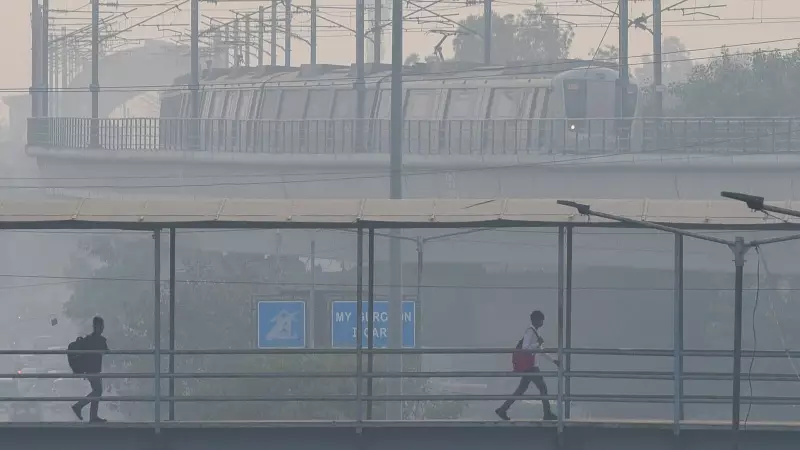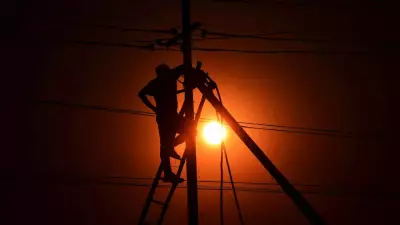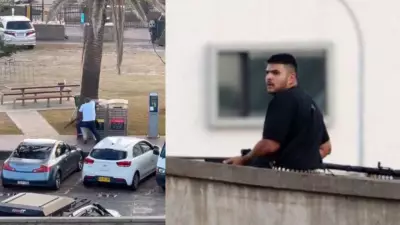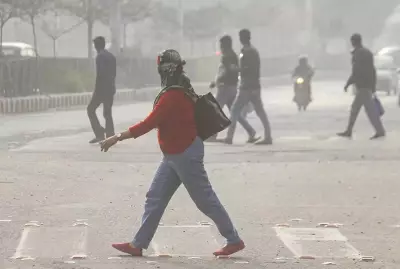
Year after year, as winter descends upon North India, a familiar and deadly blanket of smog envelops the region. From Delhi to Lucknow, millions gasp for clean air while authorities scramble with temporary measures that provide little relief. The question remains: why does this annual crisis persist despite numerous "solutions"?
The Cycle of Failed Measures
Every winter, we witness the same pattern: air quality plunges to hazardous levels, schools shut down, construction halts, and the government implements emergency measures. Yet these actions resemble band-aids on a deep wound—they might hide the problem temporarily but do nothing to heal it.
The most common quick fixes include:
- Artificial rain through cloud seeding
- Smog towers that barely make a dent
- Sporadic traffic restrictions
- Temporary bans on construction and industry
Root Causes That Demand Real Solutions
Experts agree that addressing North India's pollution requires tackling multiple sources simultaneously. The primary contributors form a complex web that temporary measures cannot untangle.
Agricultural Burning: The Seasonal Nightmare
The post-monsoon stubble burning in Punjab, Haryana, and Uttar Pradesh remains a massive contributor. Despite various schemes and technologies promoted to manage crop residue, farmers continue burning due to:
- High costs of alternative equipment
- Short window between harvesting and sowing
- Inadequate government support and subsidies
Urban Pollution Sources
Beyond agricultural fires, cities contribute significantly through vehicle emissions, industrial pollution, construction dust, and waste burning. The concentration of these sources in densely populated areas creates toxic urban air basins.
What Comprehensive Solutions Look Like
Environmental experts suggest that ending the annual airpocalypse requires sustained, multi-pronged strategies rather than emergency reactions.
Long-term agricultural reforms must include affordable crop residue management technology, crop diversification programs, and better market linkages for alternative crops.
Urban planning reforms should focus on expanding public transportation, creating pedestrian-friendly infrastructure, enforcing stricter emission norms, and promoting green zones within cities.
Regional cooperation between states is crucial since air pollution recognizes no political boundaries. A coordinated approach across North Indian states could yield far better results than isolated actions.
The Way Forward
While technological interventions like smog towers and cloud seeding grab headlines, the real solution lies in addressing fundamental economic, agricultural, and urban planning issues. The annual crisis will only end when we move beyond temporary fixes to implement year-round, comprehensive policies that address all pollution sources systematically.
The time for gimmicks is over. North India needs sustained action, not seasonal reactions, to finally breathe easy.





